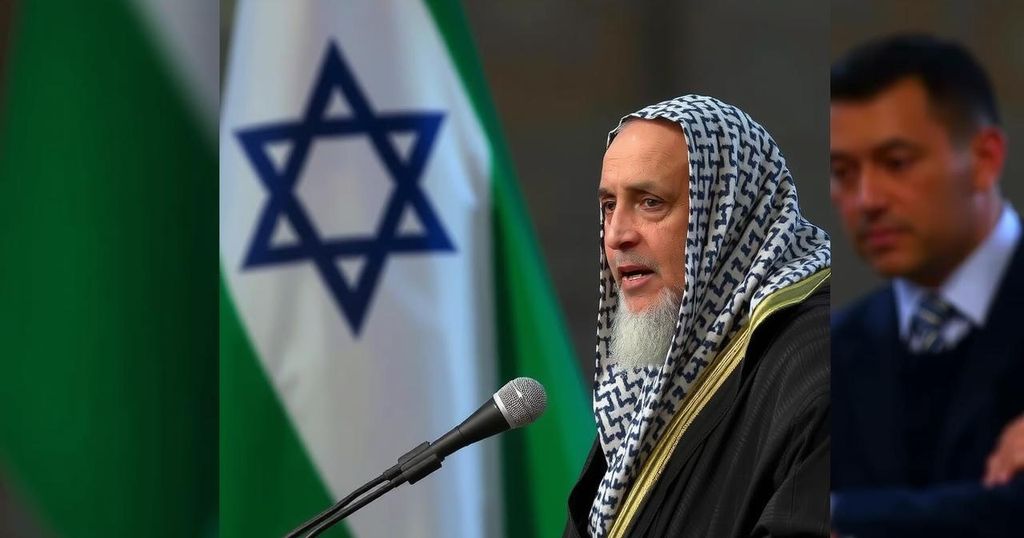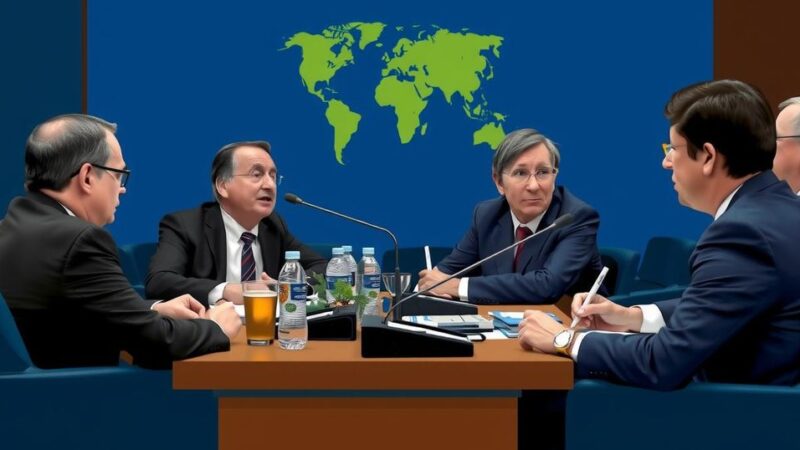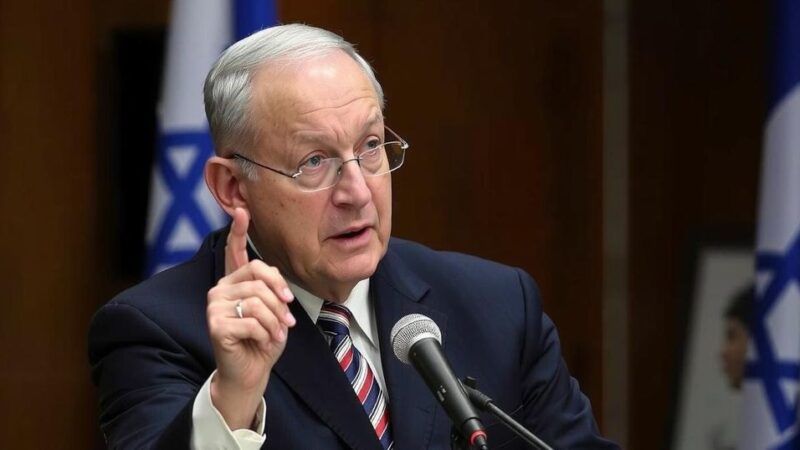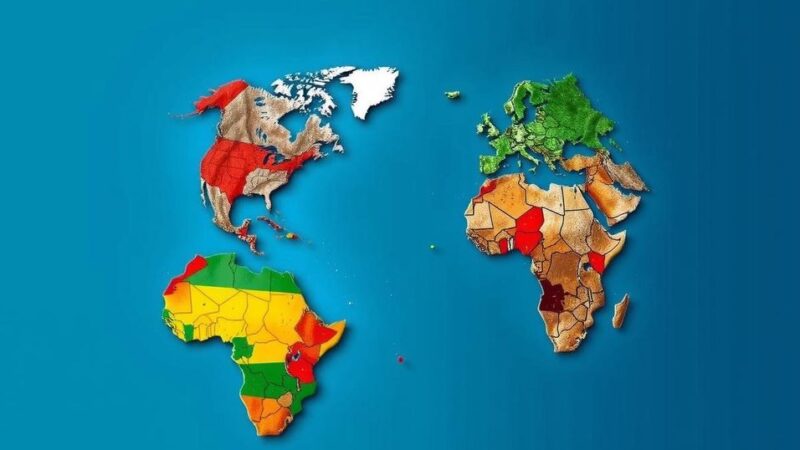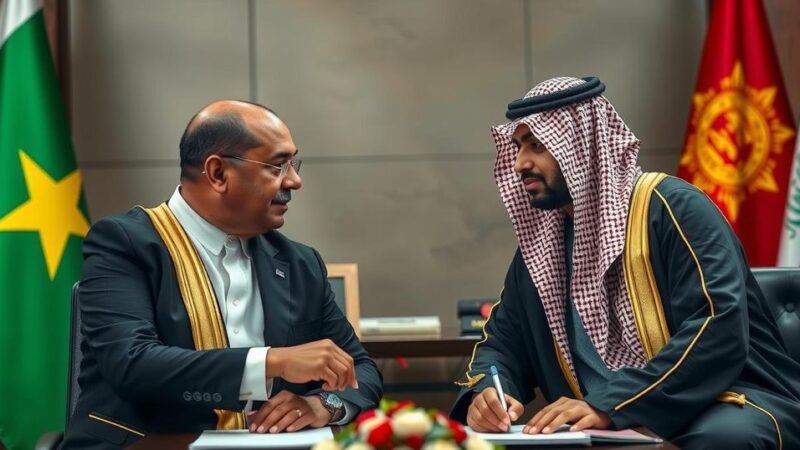Israel has confirmed the death of Yahya Sinwar, leader of Hamas’ political bureau, believed to have orchestrated the October 7 attack on Israel. His death may represent a key development in the ongoing war, although analysts note Hamas’ decentralized leadership structure limits the impact of removing a single figure. The escalation of violence and international pressures continue to shape the landscape of the Israel-Palestinian conflict.
On Thursday, Israel announced the death of Yahya Sinwar, the newly appointed head of Hamas’ political bureau, who was believed to have played a significant role in orchestrating the militant group’s October 7 attack on Israel. The Israeli Defense Forces (IDF) and the Israel Security Agency indicated they were verifying the potential involvement of Sinwar among three militants eliminated during military operations in Gaza. Later reports confirmed his death. American officials have identified this occurrence as a potentially critical juncture in the ongoing conflict between Israel and Hamas, suggesting that Sinwar’s removal could pave the way for an end to hostilities. Sinwar became head of Hamas’ political bureau following the assassination of another senior Hamas leader, Ismail Haniyeh, in July. His reputation in Israel is that of a dangerous strategist behind the October attack which resulted in numerous casualties. Sinwar, a long-time member of Hamas since the late 1980s, had previously been sentenced to multiple life sentences for his involvement in the abduction and murder of Israeli soldiers. Upon his release from Israeli prison in 2011, as part of a significant prisoner exchange, Sinwar gained influence as Hamas’ Gaza leader, known for his hardline stance. He was re-elected in 2021, shortly before renewed conflict between Hamas and Israel ensued. Throughout his leadership, Sinwar has been marked by a history of conflict, including during the 2021 crisis when Hamas launched major attacks against Israel. Additionally, in 2015, he was designated a global terrorist by the U.S. State Department and faced sanctions from the U.K. and France. Despite his militant reputation, Sinwar had expressed earlier hesitance towards initiating conflicts, advocating for negotiations tied to the lifting of blockades imposed on Gaza. The ongoing war, ignited by Hamas’ attack on October 7 that led to the deaths of many Israelis, has resulted in significant casualties in Gaza as well. With increasing international pressure for a ceasefire, the situation remains critical. As tensions continue, the U.S. has signaled that it might reconsider military aid to Israel if humanitarian conditions do not improve in Gaza. Sinwar’s death underscores the complex dynamics of leadership within Hamas and the nature of the conflict, with the possibility of altering the trajectory of the war or influence within the organization. Harel Chorev, a senior researcher at Tel Aviv University, emphasized that while Sinwar is seen as a leading figure in Hamas, the organization’s decision-making is decentralized, indicating that Sinwar was not the sole planner of key attacks. The nature of the conflict thus remains multifaceted, even with the removal of key leaders.
Yahya Sinwar’s influence within Hamas is significant, especially following the October 7 attack on Israel that sparked renewed conflict. His leadership has been characterized by a long history of militant activity against Israel, coupled with strategic political maneuvers within Hamas. His death could potentially reshape the landscape of Hamas’ operational strategies and the broader Israel-Palestinian conflict which has drawn international concern. The backdrop of escalating violence, significant troop movements, and humanitarian crises in Gaza sets the stage for understanding the potential ramifications of this leadership change.
The confirmed death of Yahya Sinwar marks a pivotal moment in the ongoing conflict between Israel and Hamas. As a key architect of the recent violence, his removal may alter the operational capacity of Hamas. Nevertheless, the decentralized power structure within the organization suggests that such a change may not singularly determine the future course of conflict. Ongoing military and diplomatic pressures, particularly from the United States, illustrate the intricate balance of geopolitical dynamics at play.
Original Source: www.forbes.com
